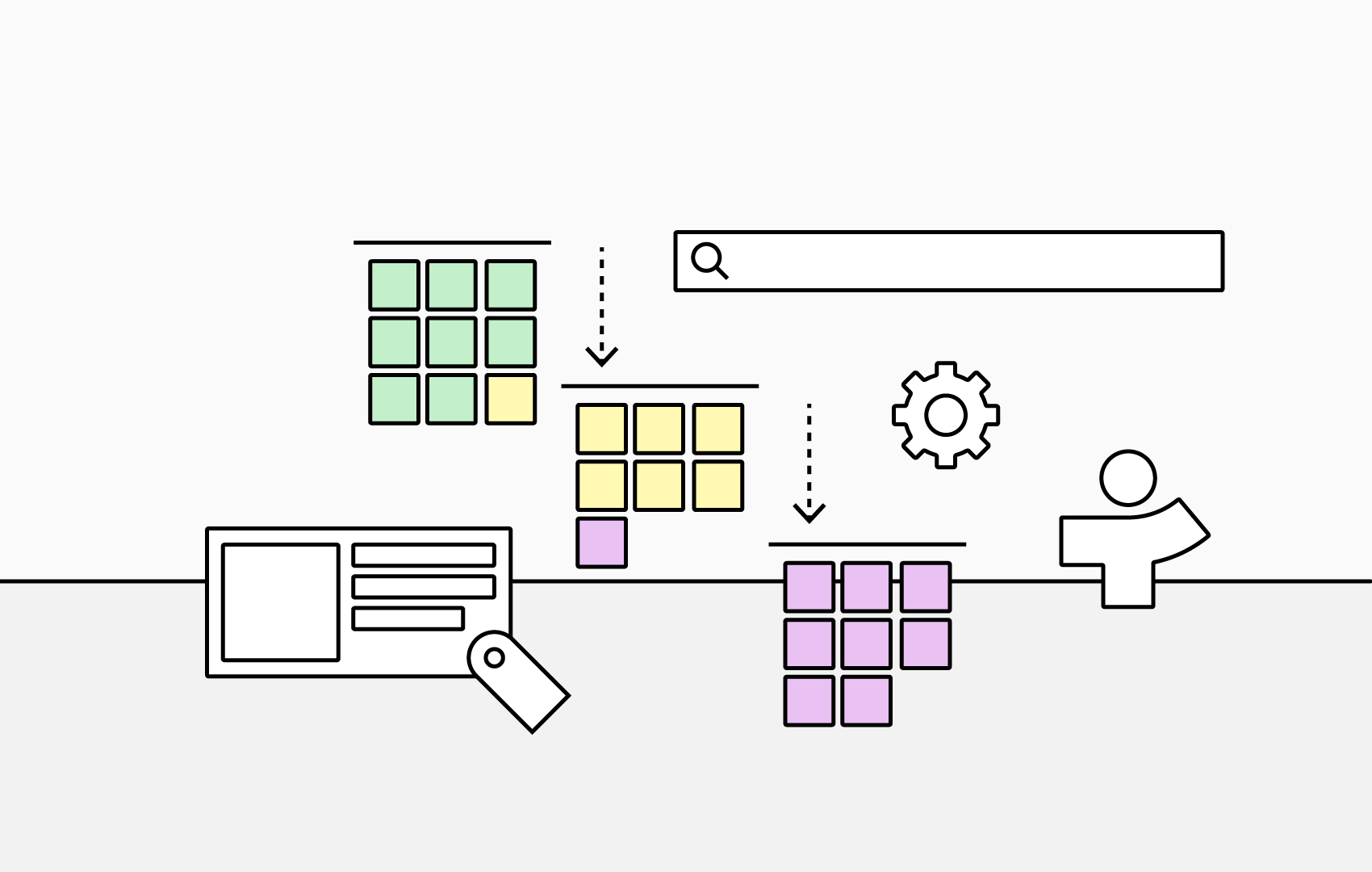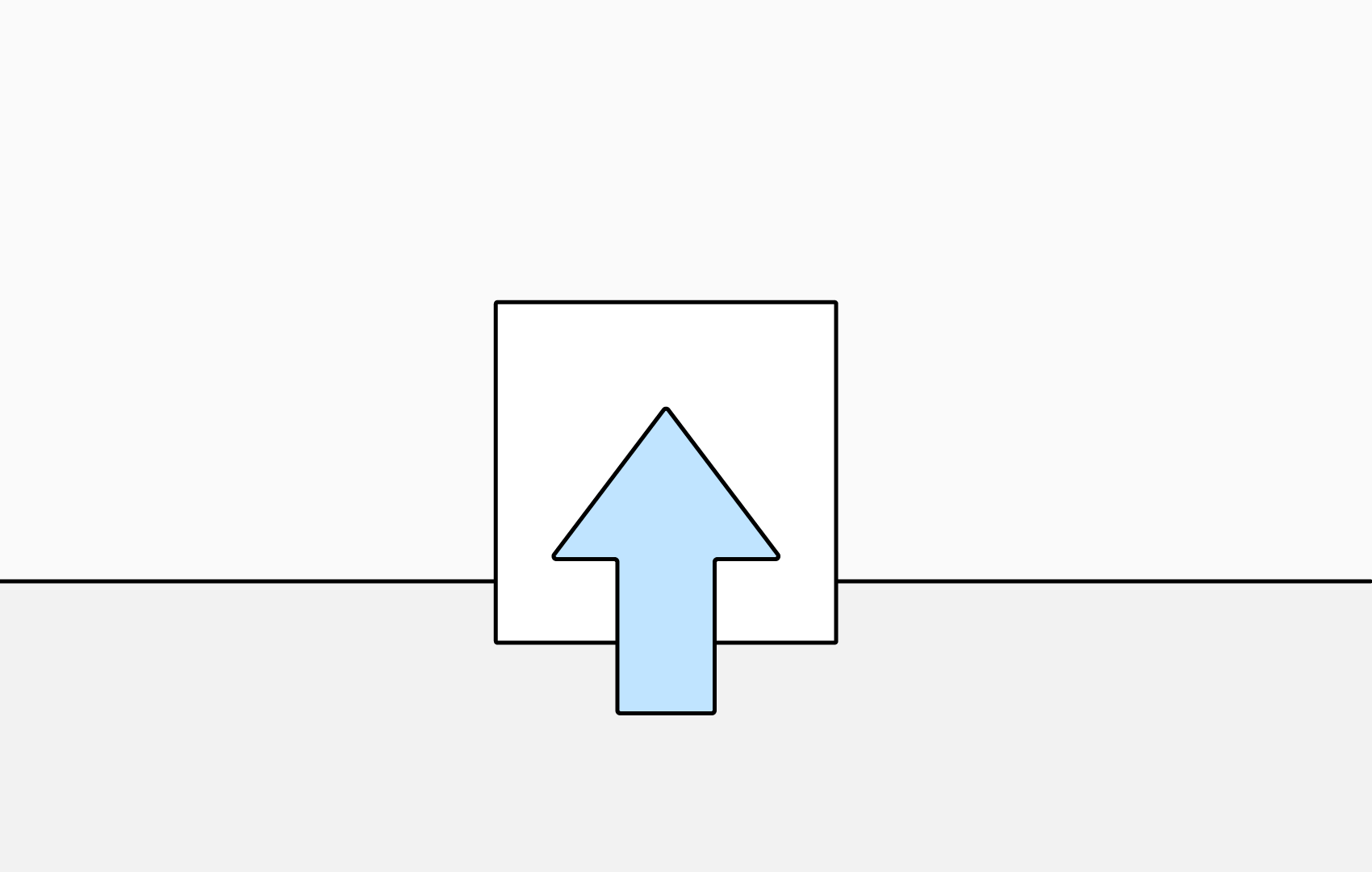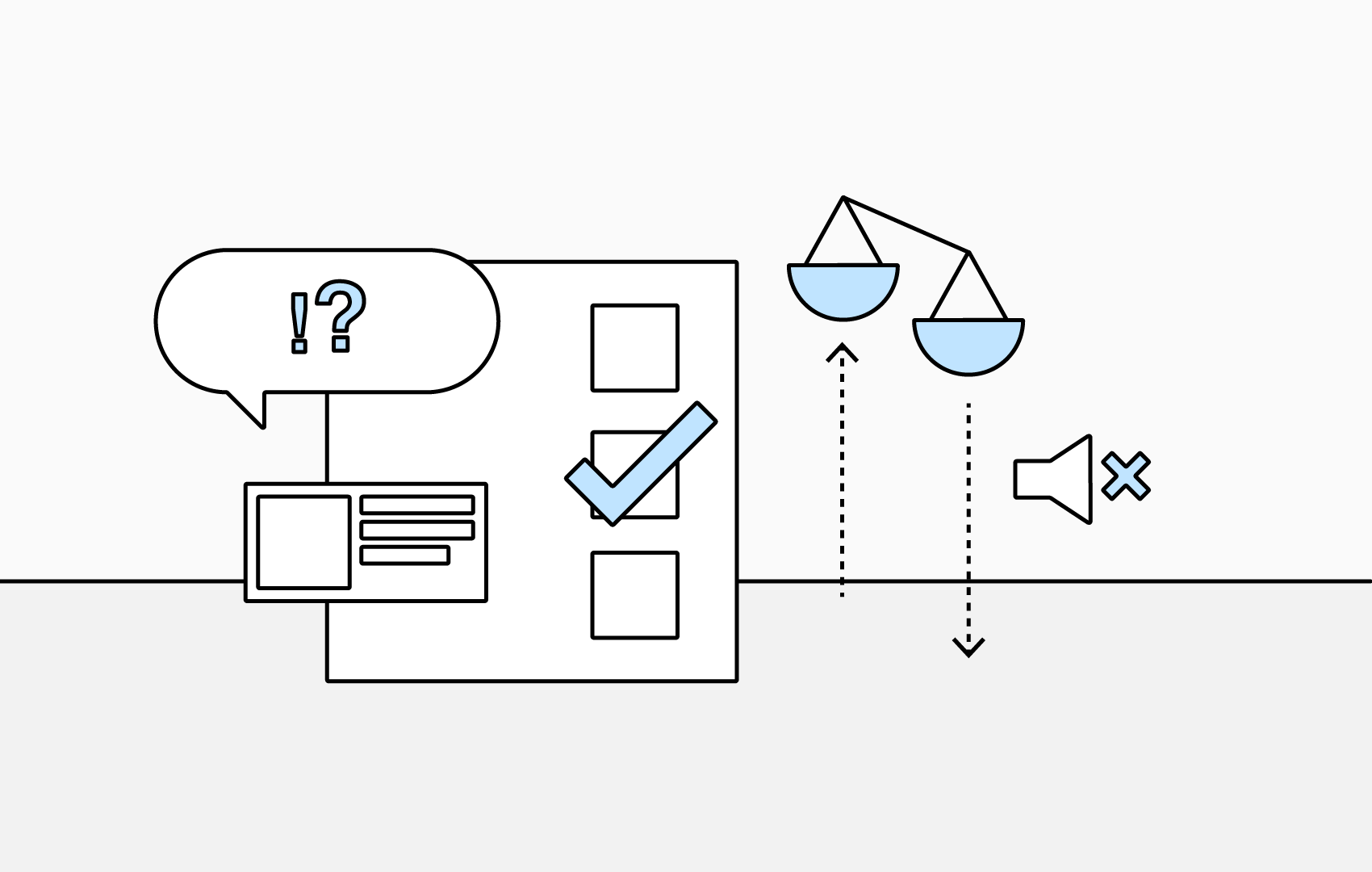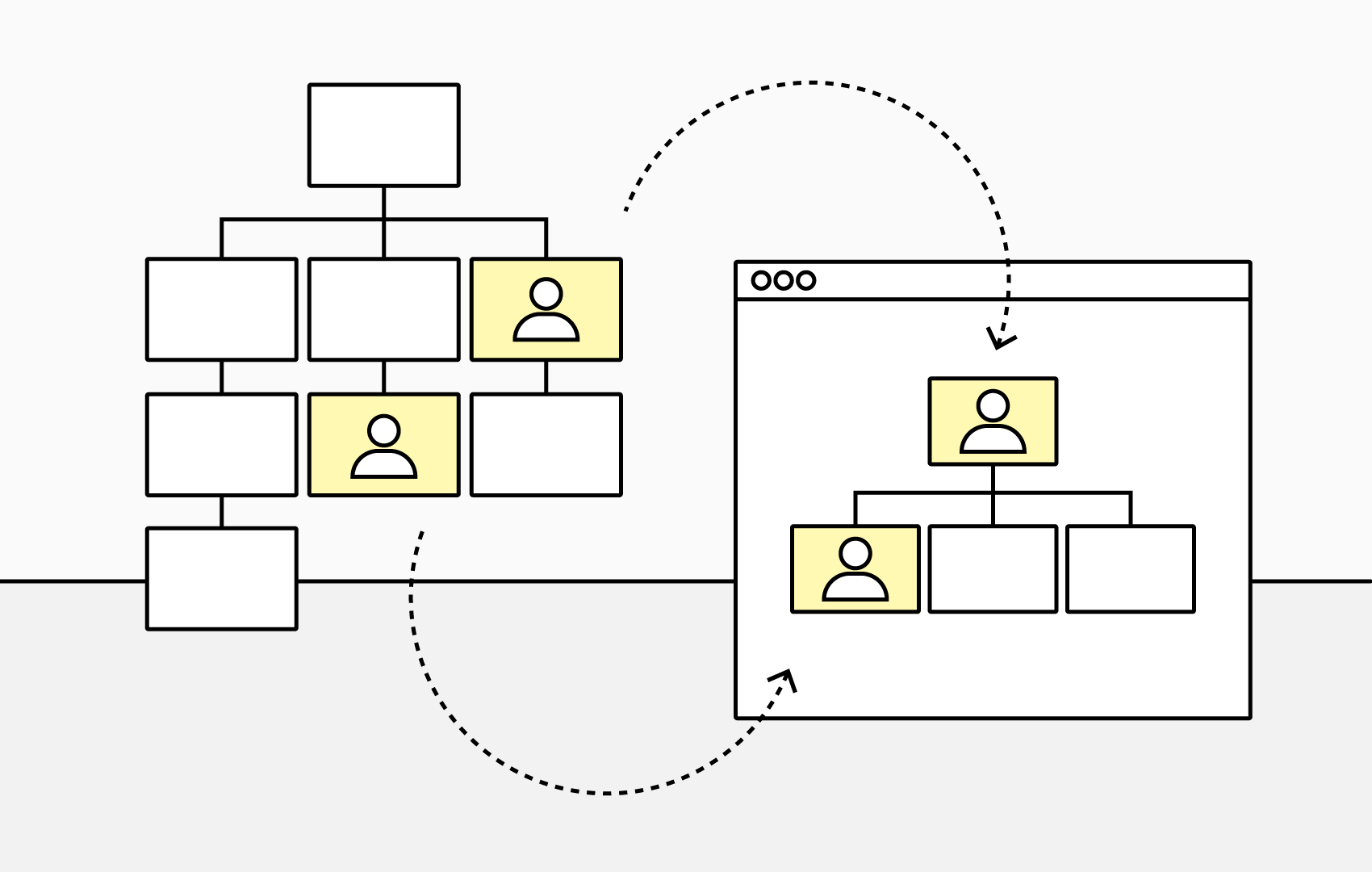Nested Categories in TeamDirectory
We’re excited to introduce Nested Categories, an extension of TeamDirectory’s core Categories feature. This update brings a new level of structure, flexibility, and clarity to how you organize and navigate your data.
What Are Nested Categories?
Nested Categories let you go beyond a single layer of categorization. Instead of stopping at one “top-level” grouping (like Department or Location), you can add as many levels as you need — giving you deeper visibility into your organization.
For example, you could create structures such as:
- Country → City → Department
- Division → Project → Contract Type
- Sub Brand → Team → Role
This multi-level categorization makes your directory more intuitive and helps teams discover colleagues, expertise, and structures in a more meaningful way.
How to Set Up Nested Categories
- Navigate to the Category page in TeamDirectory's Settings.
- Click
Add a Category , or select a pre-existing one. - Set your top-level field name — this is your primary category (e.g., Country or Department).
- Click Add Field, then select what you want your next level of category to be sorted by (e.g., City or Project).
- Fill in the rest of the category details as usual and click Save.
Want to take customization even further? You can integrate Entra ID extension attributes, allowing you to align categories directly with your organization’s directory data.
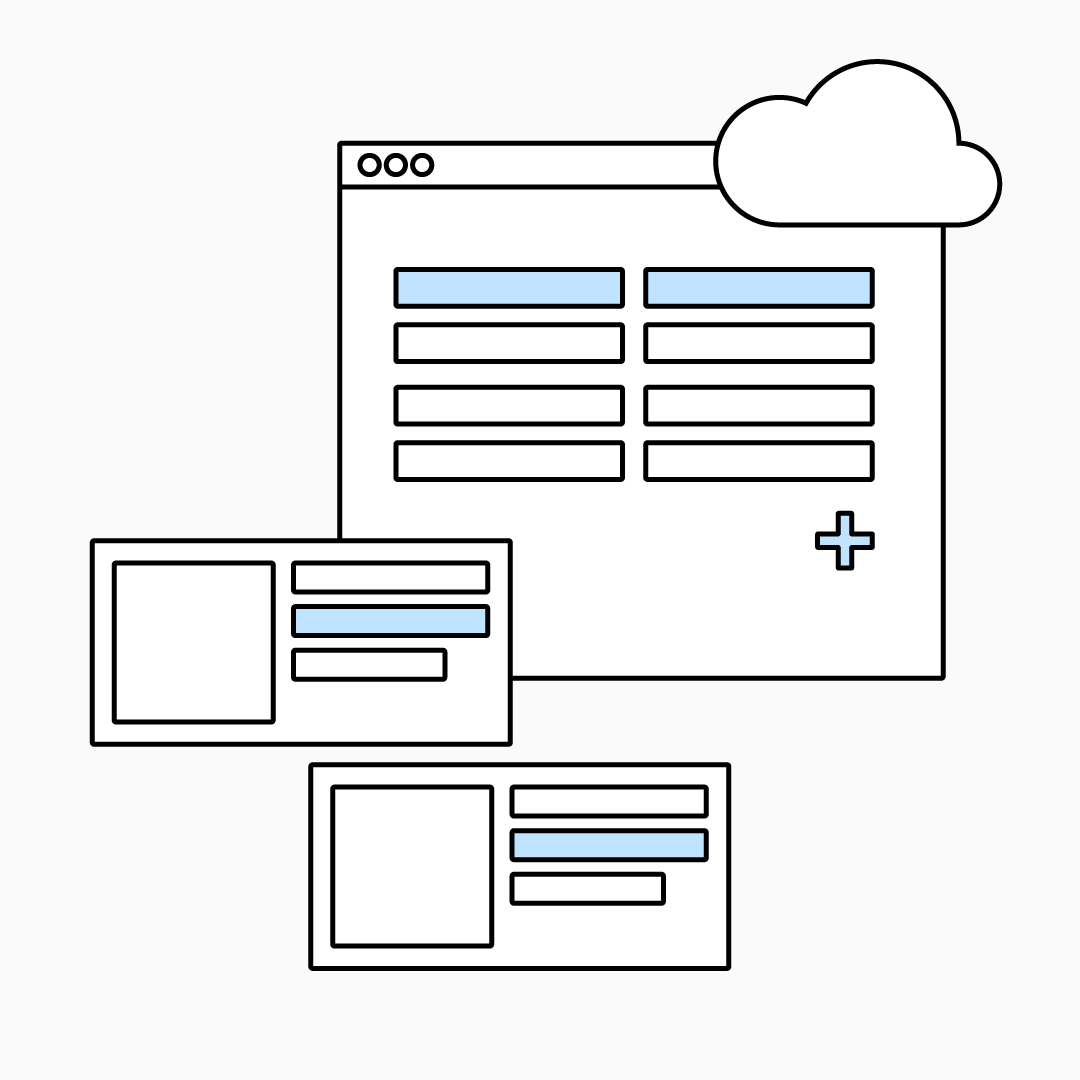
How to Use Extension Attributes in TeamDirectory
Why Nested Categories Matter
With Nested Categories, your TeamDirectory becomes a dynamic map of your organization.
- Granular visibility: Dive deeper into your org’s structure, locations, and teams.
- Smarter navigation: Find exactly who you’re looking for with fewer clicks.
- Data-driven insights: Combine with extension attributes to reflect real-time directory data.
- Scalability: Perfect for growing companies with complex organizational structures.
Use Cases
Global Organizations
- Top-level category: Country (e.g., United States, Germany, India)
- Nested category 1: City (e.g., New York, Berlin, Bangalore)
- Nested category 2: Department (e.g., Engineering, Marketing, Finance)
Benefit: HR and leadership can quickly locate all Finance employees in Berlin or Marketing staff in New York — without manually filtering across multiple fields.
Consulting or Agency-Style Companies
- Top-level category: Division (e.g., Technology Consulting, Digital Marketing)
- Nested category 1: Project (e.g., Client A – Cloud Migration, Client B – Brand Launch)
- Nested category 2: Contract Type (e.g., Full-time, Contractor, Freelancer)
Benefit: Easily track team composition by project, identify contractor-heavy teams for budgeting, and streamline compliance reporting.
